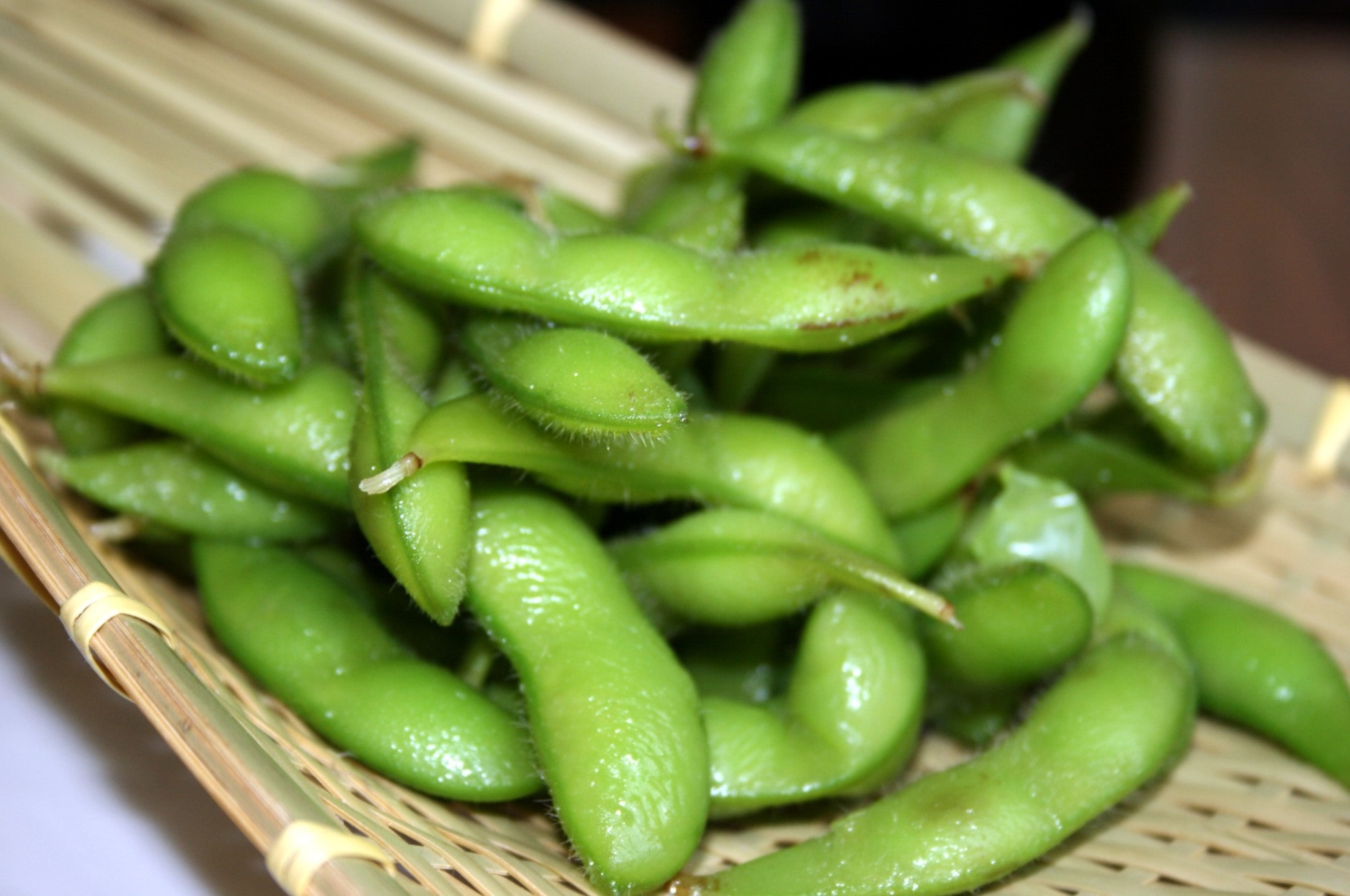
Edamame—those vibrant green soybeans—are more than just a tasty snack. Ever wondered what makes them so special? Edamame is packed with protein, fiber, and essential nutrients, making it a favorite among health enthusiasts. Originating from East Asia, these beans have a rich history and cultural significance. Whether steamed, boiled, or tossed in salads, edamame offers a versatile addition to any meal. But there's more to these beans than meets the eye. From their nutritional benefits to their role in sustainable farming, edamame has a lot to offer. Ready to learn some cool facts about this superfood? Let's dive in!
Key Takeaways:
- Edamame is a nutritious and sustainable snack that's rich in protein, fiber, and essential vitamins. It's a versatile ingredient in various cuisines and can be enjoyed in different forms, making it a healthy and delicious option for everyone.
- Growing edamame is not only good for your health but also for the environment. It requires less water, improves soil health, and supports biodiversity. Plus, it's easy to grow in home gardens, making it accessible to everyone.
What is Edamame?
Edamame, young soybeans harvested before they harden, are a popular snack and ingredient in various cuisines. These green pods pack a punch of nutrition and flavor. Let's dive into some fascinating facts about edamame.
-
Edamame is a Japanese word meaning "stem beans" because they are often sold still attached to the stem.
-
Edamame is rich in protein, making it an excellent plant-based protein source for vegetarians and vegans.
-
These beans are low in calories, with a one-cup serving containing only about 120 calories.
-
Edamame contains all nine essential amino acids, making it a complete protein.
-
High in fiber, edamame aids digestion and helps maintain a healthy gut.
Nutritional Benefits of Edamame
Edamame isn't just tasty; it's also packed with nutrients that benefit your health in numerous ways. Here are some of the key nutritional benefits.
-
Edamame is a good source of vitamins, including vitamin K and folate.
-
Rich in antioxidants, edamame helps combat oxidative stress and inflammation.
-
Contains iron, which is crucial for transporting oxygen in the blood.
-
High in magnesium, edamame supports muscle and nerve function.
-
Edamame is low in sugar, making it a healthy snack option for those watching their sugar intake.
Edamame in Different Cuisines
Edamame is versatile and can be found in various dishes around the world. Let's explore how different cultures incorporate this nutritious bean.
-
In Japan, edamame is often served as a snack or appetizer, lightly salted.
-
In China, edamame is sometimes stir-fried with garlic and spices.
-
In Korea, edamame is used in a dish called kongnamul, a seasoned soybean sprout salad.
-
In the United States, edamame is popular in salads, soups, and as a standalone snack.
-
In Brazil, edamame is gaining popularity as a healthy snack option.
Growing and Harvesting Edamame
Understanding how edamame is grown and harvested can give you a greater appreciation for this humble bean. Here are some interesting facts about its cultivation.
-
Edamame plants thrive in warm climates, typically requiring temperatures between 70-85°F.
-
The beans are harvested while still green, usually 35-40 days after flowering.
-
Edamame plants can grow up to 2-3 feet tall, with each plant producing multiple pods.
-
Farmers often handpick edamame, ensuring only the best pods are selected.
-
Edamame can be grown in home gardens, making it accessible for those who want to try growing their own.
Edamame and Sustainability
Edamame is not only good for you but also for the environment. Here are some reasons why edamame is considered a sustainable crop.
-
Soybeans, including edamame, fix nitrogen in the soil, reducing the need for chemical fertilizers.
-
Edamame requires less water compared to many other crops, making it a more sustainable option.
-
The plants can improve soil health, benefiting future crops planted in the same soil.
-
Edamame has a relatively low carbon footprint, especially when grown locally.
-
Edamame farming supports biodiversity, as it can be rotated with other crops to maintain soil health.
Fun Facts About Edamame
Let's wrap up with some fun and quirky facts about edamame that you might not know.
-
Edamame has been cultivated for over 2,000 years, originating in China.
-
The United States is one of the largest producers of edamame, particularly in states like Illinois and Iowa.
-
Edamame is often used in beauty products, thanks to its high antioxidant content.
-
Frozen edamame retains its nutritional value, making it a convenient and healthy option.
-
Edamame can be enjoyed in various forms, including roasted, boiled, or even as a dip.
Edamame: A Nutritious Powerhouse
Edamame isn't just a tasty snack; it's packed with nutrients that benefit your health. These young soybeans are rich in protein, fiber, and essential vitamins like vitamin K and folate. They also contain antioxidants that help fight off free radicals. Including edamame in your diet can support heart health, aid in weight management, and even improve bone strength due to its high calcium content.
Whether you enjoy them steamed, in salads, or as a crunchy snack, edamame offers a versatile way to boost your nutrition. Plus, they're easy to prepare and can be found in most grocery stores. So next time you're looking for a healthy snack, reach for some edamame. Your body will thank you!
Frequently Asked Questions
Was this page helpful?
Our commitment to delivering trustworthy and engaging content is at the heart of what we do. Each fact on our site is contributed by real users like you, bringing a wealth of diverse insights and information. To ensure the highest standards of accuracy and reliability, our dedicated editors meticulously review each submission. This process guarantees that the facts we share are not only fascinating but also credible. Trust in our commitment to quality and authenticity as you explore and learn with us.


